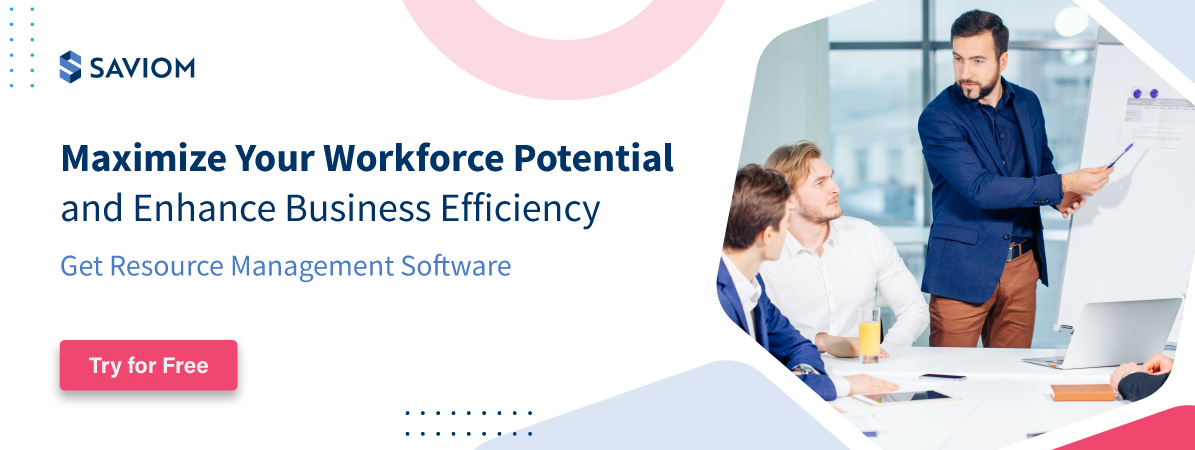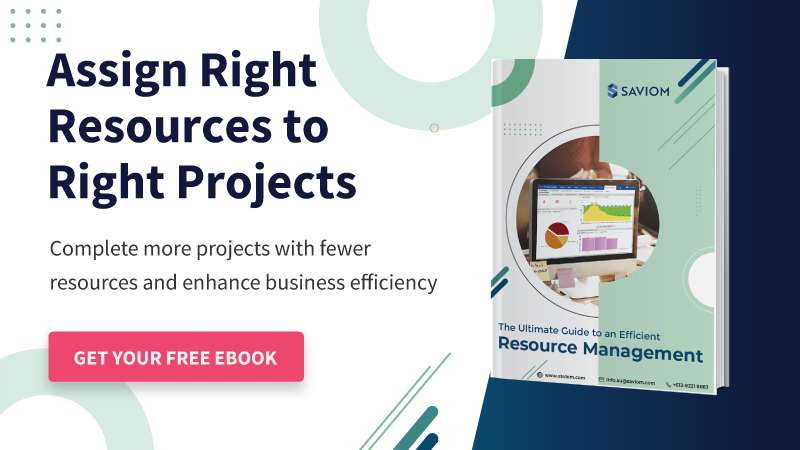“Pay attention to your culture and your hires from the very beginning.”– Reid Hoffman, LinkedIn Co-founder.
Rightly said by Mr. Hoffman, extending support to the workforce from day one can decide their relationship with the firm in the long run. When new employees join a company, they are unaware of what the organization has in store.
From the company’s culture to their work policies, everything is unknown. Thus, to make this transition easier, organizations take the right initiatives and steer them through the company’s culture. The most feasible solution is to build an effective onboarding plan.
With a definite plan and process in place, you can help the new candidates acclimatize to the work environment, understand their roles and responsibilities, and ensure they gel with the other employees.
Effective onboarding also assists in inculcating a sense of loyalty and belonging in the candidates right from the outset.
However, regardless of all these benefits, most companies don’t pay attention to the onboarding process.
“As per Gallup, only 12% of companies have a good onboarding process.”
This blog will highlight the criticality of the onboarding process and enlist steps to create an effective plan.
But first, let’s start with the basics.
What is onboarding?
Different organizations follow a different approach to onboarding and have varied opinions about it. Some consider it a one-day job that ends with providing an office tour, organizing a team meeting, while others follow an extensive process for the same. However, to define it in simple words- onboarding is the process of introducing a new recruit into an organization. It is a human resources term, also known as “organizational socialization.”
To elaborate further, onboarding is essential for making the new employees understand their position in the company and also the job responsibilities that they will be handling. It also assists in familiarizing themselves with the company policies, guidelines, compliance, work processes, etc.
Many activities go into the onboarding process. Here is a rundown of them:
- First and foremost, the job offers are sent to the shortlisted candidates specifying the date of joining.
- The candidate is asked to report at a specific location with supporting documents such as qualifications, previous experience etc.
- The initial onboarding process includes document verification and accepting the new joiner to the company’s payroll.
- Initial company policy and culture training is conducted as appropriate.
- Role-based job training is also given to the joiners, followed by a facility tour.
- Lastly, executive and team meetings are conducted to welcome the joiners into their respective departments.
The time taken for onboarding activities can vary depending on the organization and the nature of the role. It is usually higher for the freshers and less for the experienced resources.
Read More: 9 Effective Employee Retention Strategies for Your Workforce
Some employers also can confuse onboarding with orientation. However, both these terms have considerable differences. Let’s understand the subtleties of both these processes.
Onboarding vs. orientation process
Orientations at firms comprise introducing the organizational culture to the new joiners. Ideally, they are conference-style events where the new hires are invited and company information, i.e., policies, guidelines, etc., are passed down. Moreover, initial documentation is completed. It can be conducted in one day or within the first week of joining.
On the other hand, onboarding is a more extensive process that entails multiple processes, from introducing the recruits to team members to providing on-the-job training. Moreover, job roles and responsibilities, organizational agendas, objectives, etc., are all clarified in detail.
In a nutshell, although both orientation and onboarding are conducted to fulfill the same purpose, i.e., helping the new hires get accustomed to the environment, their processes have a stark difference.
Thus, it is safe to say that onboarding is a more preferable option for both employers and employees as it sets the tone for the entire tenure. The following section highlights the phases of onboarding,
Four phases of the onboarding process
In today’s hypercompetitive era, where every organization vies for the best talent, firms need to go the extra mile for employee retention. An effective onboarding process is one such strategy that can be the catalyst in forming a long-term relationship with the employees.
Before formulating an onboarding plan, you should note the four distinct phases that comprise the whole process. Here is a rundown of them:
Pre-onboarding
This is the first phase. It begins when the candidate accepts the job offer and ends when that candidate joins the organization. The necessary paperwork is completed during this stage, and a rapport is built with the joiners. Thus, HR managers and employers are constantly in touch with the new joiners to ensure smooth onboarding.
Welcoming
As the name suggests, the organization welcomes the recruits onboard, provides them an orientation to take them through the firm’s structure, policies, and so on. Besides, the HR managers also discuss attendance policy, medical insurance, payroll policies, etc. Usually, employers aim to finish the orientation within a week.
Training
The training phase forms the majority of the onboarding tenure. However, depending on the employee role or experience, the training period and modules may differ for each of them. For instance, seasoned employees may only require a run-through of the work processes, etc., while freshers will need detailed training from scratch. HR managers consolidate the training modules and form a repository for future purposes.
Transitioning
The transitioning phase lets the recruits implement their theoretical training in the practical world. In other words, it helps transition from the role of a new hire to a permanent employee. This is when new joiners will put their training into work and perform their responsibilities as required. To monitor their productivity, designated managers conduct timely performance reviews, one-on-one meetings, etc.
The phases mentioned above help organizations follow a systematic model to onboard a hired candidate.
The following sections delve deeper into the onboarding process and highlight the significant benefits and valuable tips to form an effective strategy.
Read More: 9 Effective Tips on Enhancing Employee Performance at Work
Reasons why onboarding is essential for employee satisfaction
There are various reasons why effective onboarding is essential for the employees. The adage “first impression is the last impression” sums up the whole process. When from the outset itself, employees feel valued and get a sense of belonging, it naturally leads to their retention and forms long-term ties with the firm.
Here are five reasons why an onboarding process is necessary:
Allows employees to get acquainted with the work culture
The most important thing for any organization is its work culture and core values. If a new hire starts working without understanding these nitty-gritties, it may get arduous for them to gel with fellow team members, leaders, and so on.
Thus, onboarding resolves these issues and walks them through all the cultural ideologies that the firm abides by, the work environment and processes, the management structure, and so on. This makes it reasonably convenient for the recruits to get accustomed to the process and policies and form good relations with the employers.
Provides essential hands-on role-based training
No new employee can thrive at their respective jobs without formal training at the beginning. Assigning technical work to these candidates without proper directions is similar to letting someone drive the car who had never taken driving lessons. It will reflect in the end result, and managers may receive a subpar quality deliverable. Naturally, it will also lower the new employee’s confidence and morale.
An onboarding process addresses these issues and provides the employees with the necessary training and tools to perform their roles better. With role-based training programs, they can meet the expectations of the managers and stakeholders. Moreover, it assists in developing or nurturing their skills further.
Read More: Importance of skill development in making your workforce future-ready
Forms a conducive environment for the recruits
Organizations strive to form a positive work environment to do justice to the employee-centric work culture. A systematic onboarding is the first step towards the same. When the employees receive a warm welcome, it sets the impression that the firm cares about their journey and thus makes them feel valued.
Moreover, an introduction to the work policies, extensive job training, initial ice breakers with the teammates contribute to a conducive environment.
“As per Glassdoor, strong employee onboarding can improve retention by 82%.”
Get an opportunity to meet senior managers and decide on a career trajectory
Another significant benefit of setting an effective onboarding process is that it provides an opportunity for the recruits to have a dialogue with the upper management. The upper management constitutes stakeholders, senior executives, and so on.
It gives them a glimpse of the hierarchy within the company and its objectives. Apart from getting clarity on the expectations, the new employees also know about the career development opportunities, the other roles they may take in the future, and so on. Additionally, the candidates also understand the ideologies of the higher-ups and how they can seize an opportunity to make a mark in the long run.
Now, it’s time to form an action plan. You can implement the following steps to develop an effective onboarding process,
Read More: 7 Powerful Insights on Sustaining High-Performance Work Teams
How can you create an effective onboarding process?
By now, you must have understood the significance of the onboarding process. However, you need to plan this process systematically to reap the benefits. Here is a detailed description of the steps to create an effective onboarding plan:
Implement an employee onboarding template
An onboarding template will help you organize the steps involved in the process. It will help ensure that each critical stage is taken care of and all the essential onboarding milestones are met. Although each role may have different requirements, this template will assist in organizing the common objectives in one place.
Your onboarding template should include all the four phases that were discussed earlier and sub-categories under each one of them:
- Pre-onboarding process.
- Welcoming – orientation, documentation, team introduction, etc.
- Training- goals determination.
- Transitioning- assignments, manager, and executive meetings.
Communicate with the candidates regularly
Communication is the key. Starting from the shortlisting of the candidates after screening to their last day in the company, you should regularly communicate with them. For instance, once the candidates are screened, you should get in touch and explain the further interview procedures. When they are selected, you must contact them to discuss the salaries and other benefits and come to an agreement.
Additionally, you can send them office videos or other details via email to keep them interested in the position. Moreover, during this process, you should also clarify the company policies, compliance issues, work culture, etc. Lastly, when they accept the offer and join the firm, you should conduct regular feedback sessions to understand if they are facing any challenges and resolve them accordingly. In short, communication is incumbent in all four onboarding phases.
Read More: 11 Ways to Improve Cross-Departmental Collaboration
Assign a buddy for the new hires
No matter how good an onboarding repository or training sessions you have, it will take some time for the new employees to perform their tasks confidently. Thus, assigning them a mentor or buddy can be an effective way to support them while they’re still finding their way around. A buddy can help the candidates understand the company’s work culture and how their roles fit in. They can train the joiners and also monitor their progress, identify their strengths and weaknesses.
But, who should be a buddy? Someone who has relevant experience in the company and clearly understands the roles and responsibilities. Moreover, he/she should have enthusiasm for this task of guiding the recruits.
“According to an HCI survey, 87% of companies said that assigning a buddy program improved new hire proficiency.”
Introduce them to the managers and stakeholders
Managers reflect the company culture and work ethics more than anyone. Moreover, since they will be the ones to set the goals and objectives for the new joiners, it’s only logical to involve them from the first day of onboarding. Managers can start by conducting a one-on-one with the candidate, explaining the company structure, roles, responsibilities, etc.
Introducing the new hires to all the key stakeholders is also necessary. As stakeholders are busy and may not have ample time to meet with the candidates, pre-deciding the meeting time based on their availability is an ideal choice. They can discuss the organization’s needs, dependencies, etc., with the employees. It will help the new employees understand why they are selected and how their tasks can benefit the company in the long run.
Read More: Using the Resource-based View Strategy for a Competitive Advantage
Offer presents for an immersive experience
Beginning a new job can be both exciting and intimidating at the same time. The recruits may feel overwhelmed by their unfamiliar surroundings and lack of social connections. Organizations can make an extra effort and reach out to a new employee with welcome gifts. It can help in giving them an immersive experience and also minimize their nervousness.
For example, you can gift them company laptops, water bottles, planners, diaries, etc. You may also include your mission statement, handbook, and directory as part of the presents to help them prepare for the job. All these gifts can also assist in familiarizing them with the company’s culture.
These are the steps that can help you provide a holistic experience to the new onboarders of your organization.
Conclusion
It is evident from the above discussion that onboarding is an essential process, and organizations need to take it seriously. The initial experience of the employees at your firm decide their long-term relationship with you
Providing them a sense of belonging makes them feel valued, and you can expect a healthy, long-lasting relationship with them. The above-mentioned tips are a great way to formulate an onboarding protocol to meet your organizational needs.
Michelle Hoover, Principle of Beam Leadership, has said- “How an employee initially perceives a company in terms of opportunity has a huge impact on how long they will stay.”
The Glossary
Read More: Glossary of Resource Workforce Planning, Scheduling and Management
SAVIOM Solution
SAVIOM has over 20 years of experience helping multinational clients manage their resources efficiently and effectively. With over 20 years of experience, this Australian-based MNC has a global presence across 50 countries and has helped 100+ clients meet their specific business goals. Saviom also provides tools for project portfolio management, professional service automation, and workforce planning software. So, SAVIOM can help your business to establish an efficient system geared towards your specific business challenges












